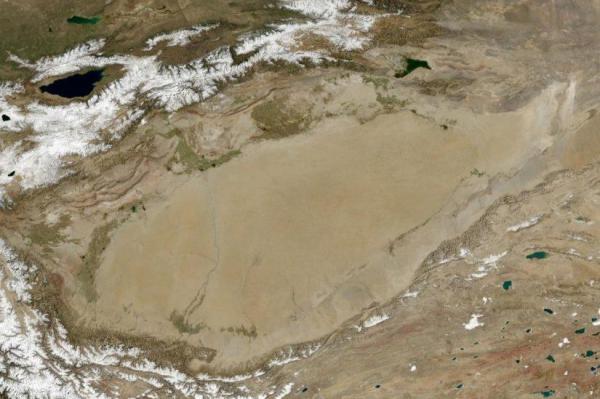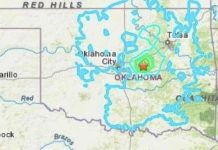
Aug. 3 (UPI) — Researchers at the University of Wisconsin-Madison have developed a more accurate method for measuring rock stress. Their research could improve scientists’ ability to predict the severity of earthquake damage or risk of a mine shaft collapse.
“Rock stress — the amount of pressure experienced by underground layers of rock — can only be measured indirectly because you can’t see the forces that cause it,” Hiroki Sone, an assistant professor of civil and environmental engineering and geological engineering at Madison, said in a news release. “But instruments for estimating rock stress are difficult to use at great depths, where the temperature and pressure increase tremendously.”
Scientists used the anelastic strain recovery method to measure the stress of rock samples collected from a well bore in northwest China’s Tarim Basin. Their measurements proved consistent with visual analysis of borehole wall images.
Though accurate, visual analysis requires the use of expensive and sensitive scanning technologies under harsh conditions.
The anelastic strain recovery method allows scientists to estimate rock stress by observing the sample’s physical transformation after it’s brought from extreme underground depths up to the surface.
“It estimates stress indirectly by measuring how much the rock sample expands in different directions after it has been recovered,” Sone said.
The latest proof-of-concept tests show the anelastic strain recovery method can be used to measure rock stress at extreme depths — as deep as 4.3 miles.
“These new results give us confidence that we can use the anelastic strain recovery method at greater depths than we thought possible,” Sone said. “As long as the rock deforms the same amount in vertical and horizontal directions, this method is much easier to apply when very high temperatures and pressures in the Earth’s crust challenge the other options in our toolbox.”
Researchers described their rock stress tests this week in the journal Scientific Reports.






